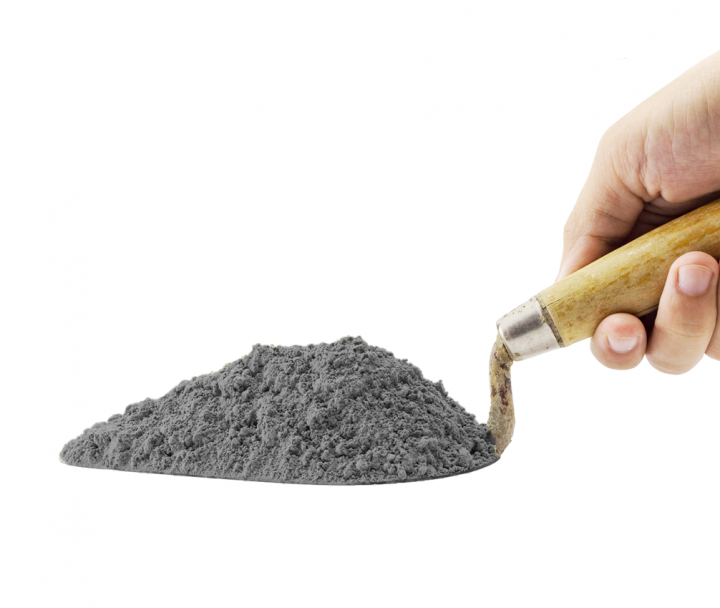India is the second largest rice producer in the world. For every 1,000 kg of paddy milled, about 200 kg of husk is produced. Given its availability in large volumes and its properties, there is considerable interest in utilizing rice husk for various commercial purposes. One of the potential application is its use as a building material. The ash produce from combustion of rich husk can potentially be used as a partial substitute or admixture in cement. Indian standard code of practice for plain and reinforced concrete (IS 456-2000) recommends the use of RHA in concrete without specifying quantities.

RHA is rich in silicates, enabling it to be used in cement. The silicates react with calcium hydroxide (released during hydration of cement), forming substances that increase durability as well as higher resistance to acidic environment. RHA also reduces the heat released during hydration. RHA can be used for mixing in cement in almost all concreting applications as well as for manufacture of bricks and blocks.
One of the major disadvantages of RHA is that the burning process generates pollution. Further, the collection of RHA from mills is challenging and resource intensive task. Finally, rush husk is already being used by many mills to generate power. Unless the economic value of using it as a building material exceeds that from power generation, it will not become popular as the former. Finally, if ways can be explored to use rice husk as it is in building materials without burning, it may prove to be a winner.
So far, RHA has not become very popular as a building material. There has been research done to popularize its use and commercial success has been achieved in certain small projects. It will be interesting to see how the use of RHA as a building material evolves in the future.
References:
http://eaas-journal.org/survey/userfiles/files/v5i402%20Civil%20Engineering(1).pdf
http://brs.upd.edu.ph/model-houses/
http://www.ricehuskash.com/details.htm
http://www.ricehuskash.com/application.htm







